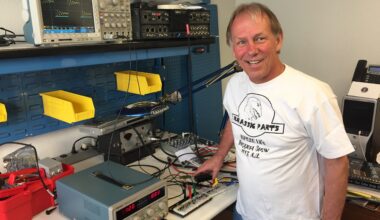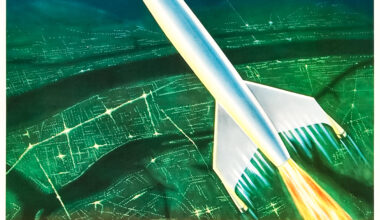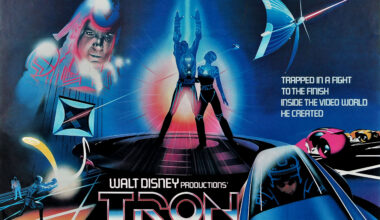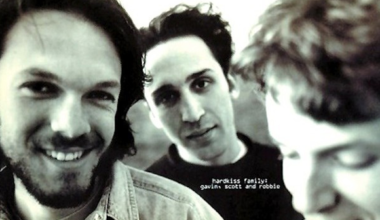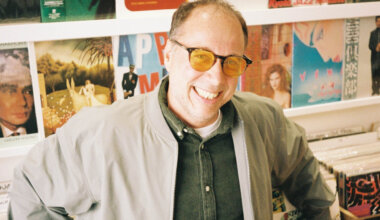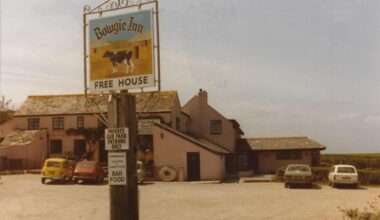Marking the 20th anniversary of 2ManyDJs’ influential ‘As Heard On Radio Soulwax Pt 2’ album, brothers Stephen and David Dewaele look back at how they helped to define and popularise mashup culture
Want to read more?
Sign up to Electronic Sound Premium to gain access to every post, video, special offers, and more. 100%, all you can eat, no commitment, cancel any time.
Already a premium member? Log in here
